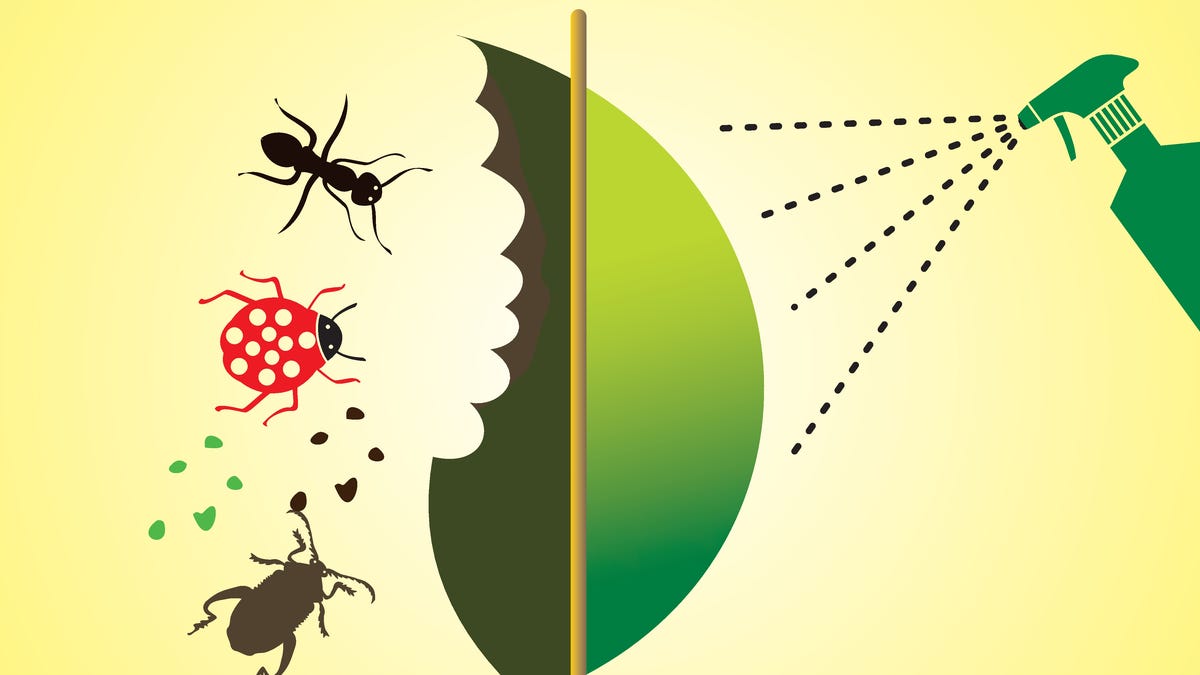Q. Here in Virginia Beach, we are overrun with poison ivy. I was very interested in your recent article. Any chance you could discuss the best way(s) to get rid of it? — Clayton Maguire, Virginia Beach
A. After that column, I received a number of questions about getting rid of this pest. As I mentioned, the berries are an important food source for certain bird species, and even some mammals eat the plant. Consequently, these animals are important in dispersing the seeds to sites ripe for germination and growth. The young seedlings are opportunistic and prefer disturbed locations with full sun and no competition. They can grow rapidly and assume a shrublike habit of several feet, or sprawl along the ground as a vine. The perennial also can propagate itself by rhizomes.
And this sun seeker seems always to look for an opportunity to go vertical: fences, the side of your home, light poles, trees — you name it. It can reach the tops of the tallest trees and grow 20 feet or more in a season. Over time, the vine can branch out and consume an entire tree. Vines may be several inches in diameter with expansive root systems. And there lies the difficulty in controlling this metastasizing monster.
Cultural control methods may be effective before poison ivy reaches the “metastasizing” stage. Small plants will not tolerate repeat cutting or mowing at ground level. Diligence with this strategy can keep them and stragglers from adjacent wooded areas at bay. In small landscape beds, plants can be pulled out before they reach a size that’s harder to eradicate. (Always take care to avoid contact with any part of the plant.)
Any number of home-concocted and commercial herbicides may deal with plants that are still small. The mode of activity differs, depending on the material, but they all kill the foliage; the plant thus cannot manufacture the carbohydrates vital for growth, and it eventually dies. Repeat applications may be necessary, depending on the size of the beast.
Commercial herbicides labeled for poison ivy typically contain some combination of 2,4-D, dicamba, MCPP (mecoprop) and triclopyr. While these will not harm most turf grasses, they can damage broadleaf plants. Glyphosate, systemic and nonselective, is also commonly recommended. Take care when using these, and follow label instructions.
Unfortunately, as plants become larger and more established, controlling them becomes exponentially more difficult: Their root systems have expanded and have sufficient resources to withstand your efforts. The intermingling with other landscape plants and the ascent along trees and other structures can complicate eradication. To control poison ivy on trees, University of Georgia Extension recommends clipping vines a foot or so above the soil surface, thus killing the vine above the cut. Next, to kill the roots, paint the fresh cuts with glyphosate (at least 41%) or triclopyr (undiluted). This is similar to the method used to kill tree roots and stumps. Repeat applications may be necessary. Again, take care to follow label instructions.
And one more thing
Our early July heat wave has put our cool May and June in the rearview mirror. Together, those two were tied for the eighth coldest (3.6 degrees below normal) and 12th wettest (3 inches above normal) ever, according to the National Weather Service. Thanks to 7.10 inches in June, the total for the period stands at 11.11 inches. You and your plants may be feeling a bit soggy, since more than half of the precip came in the last two weeks.
Send questions to [email protected]









